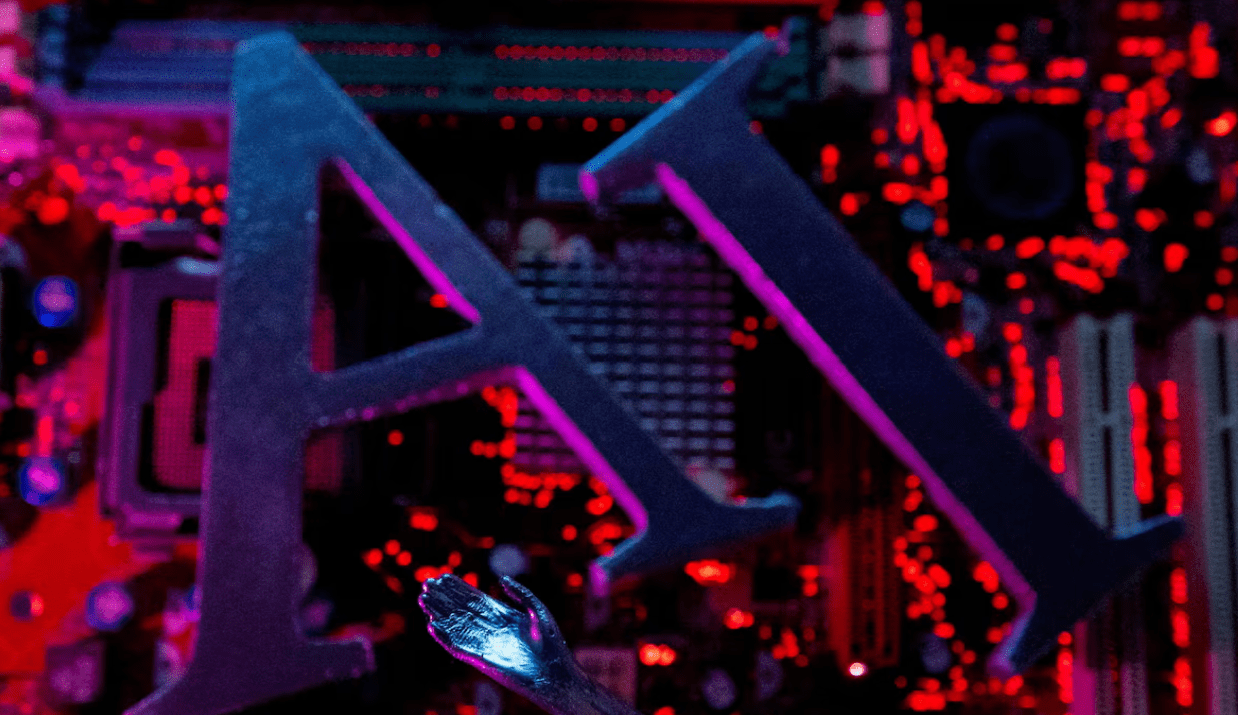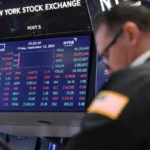The AI gold rush is accelerating across Wall Street and corporate boardrooms, but two of the industry’s most influential finance executives say the frenzy is creating new fault lines beneath the surface.
Speaking at the Reuters Momentum AI 2025 conference in New York, Lazard managing director Matthew Danzig and Citadel Chief Risk Officer Joanna Welsh warned that the rapid push into artificial intelligence is lifting valuations, inflating debt, and reshaping risk in ways that could amplify the next market shock.
“AI is the number one topic of conversation,” Danzig said, noting that nearly every company he advises is scrambling to develop or buy an AI strategy. Many firms, he added, are paying steep premiums for AI tools or proprietary datasets they cannot build themselves.
“It’s markets willing to pay for the future,” he said.
AI spending is exploding, and the bill is staggering
A new McKinsey forecast estimates that $7 trillion will be needed by 2030 just to build AI data centers. Yet investors have largely shrugged off concerns about rising leverage and the limited revenue base supporting these massive investments.
The optimism was on full display Thursday as Nvidia shares jumped more than 5% premarket, after the company reported:
• Record quarterly revenue
• 65% year-over-year surge in net income
• Continued momentum across its AI chip business
At a valuation of $4.5 trillion, Nvidia remains the market’s biggest AI beneficiary — and the clearest symbol of the sector’s future expectations.
Citadel warns: modern markets amplify shocks
But beneath the excitement, Welsh said the risk environment is quietly shifting.
“Markets are just faster,” she noted. “These volatility spikes hit harder, fade faster, and repeat more often.”
Citadel, which manages $71 billion, has built its portfolio assuming severe drawdowns are always possible. Welsh said today’s AI-linked credit risks are “converging and stacking” in ways reminiscent of past bubbles.
One example: companies issuing 30- to 40-year bonds to fund AI assets that may depreciate in as little as four years — a mismatch that could strain future cash flow.
Zero-coupon convertibles are back, a historic warning sign
At the riskier end of the corporate market, Welsh flagged booming demand for zero-coupon convertible bonds, a pattern seen before the 2001 dotcom crash and the 2021 bubble peak.
“Zero coupon converts are having a big issuance year,” she said.
Combined with a surge in illiquid private credit investments, she warned that some portfolios could go up like a brush fire if volatility spikes.
The AI boom is driving innovation, record M&A activity, and blockbuster earnings for giants like Nvidia — but the financing behind it is stretching further and faster than many expected.
The message from Wall Street’s risk experts is increasingly clear: The future looks bright for AI, but the road there will be far more volatile than investors think.
Disclosure: This article does not represent investment advice. The content and materials featured on this page are for educational purposes only.
Related: Stocks Steady as Nvidia Earnings Become Market’s Make-or-Break Moment










